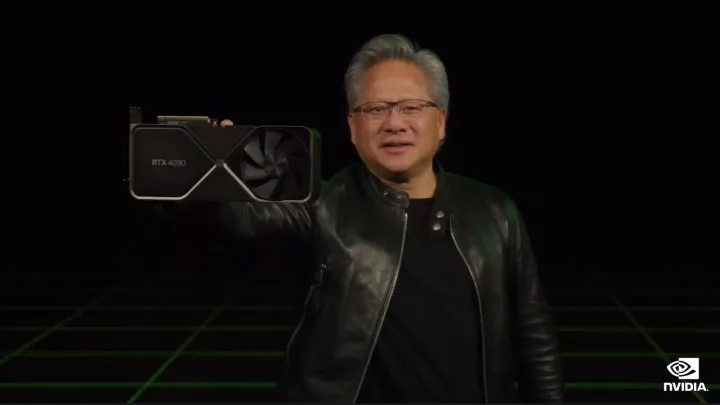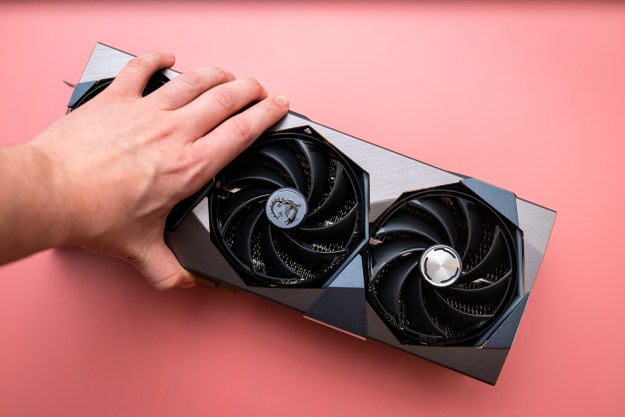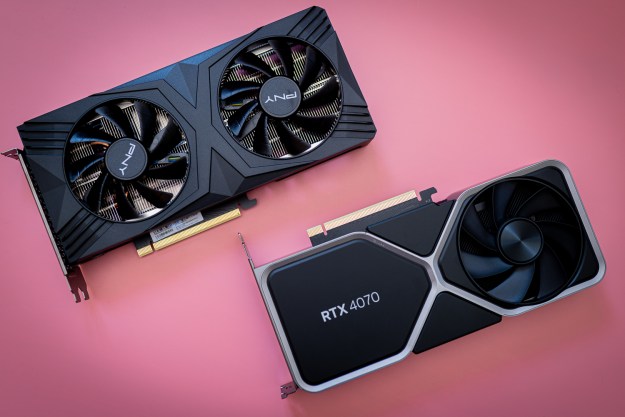Nvidia has just confirmed what many of us were already suspecting — GPUs are expensive, and Nvidia plans to keep it that way.
During a Q&A session with the media, Nvidia CEO Jensen Huang lifted the veil of suspense on RTX 40-Series pricing, and the insights are not what we’ve been hoping to hear.

Nvidia has only just announced the GeForce RTX 4090, RTX 4080 16GB, and RTX 4080 12GB, but not everyone was happy. It’s not the capabilities of these cards that were called into question, but their pricing. The RTX 4090 will arrive with a $1,599 price tag, followed by $1,199 for the RTX 4080 16GB and $899 for the RTX 4080 12GB. These prices are too steep, all things considered, but it now seems that this might be the new normal.
“The idea that the chip is going to go down in price is a story of the past.”
During the Q&A session, Jensen Huang was asked about GPU prices. His response was very telling.
“Moore’s Law is dead. […] A 12-inch wafer is a lot more expensive today. The idea that the chip is going to go down in price is a story of the past,” said Nvidia CEO Jensen Huang in a response to PC World’s Gordon Ung.
Moore’s Law is the idea that there’s a trend between PC performance and price, with roughly double the performance for half the price every two years. Huang cited the rising costs of components and slowing of additional power as driving forces behind high GPU prices.
Instead of Moore’s Law, Huang focused on price points and generational improvement. “The performance of Nvidia’s $899 GPU or $1,599 GPU a year ago, two years ago, at the same price point, our performance with Ada Lovelace is monumentally better. Off the charts better.”
The response seems to echo what many of us have already been suspecting. After the GPU shortage has subsided, Nvidia and its partners were left with an oversupply of graphics cards. Once terribly overpriced, these GPUs are now up for grabs at more reasonable prices, but they’re most likely not selling as quickly as the manufacturers might have hoped.
“The 3080 was, and still is, great value, and it will continue to live on,” an Nvidia spokesperson said in another briefing, noting that it was far from dead.
The introduction of the RTX 40-Series steals the thunder from RTX 30-Series, but Nvidia still wants to sell off these older (but still very good) cards. It makes sense to price the RTX 4090 and the two RTX 4080s so high because this might push more people to buy one of the RTX 30 GPUs instead. Be that as it may, it’s sad to hear a confirmation that the prices will continue following an upward trend.
Editors' Recommendations
- RTX 4090 owners are in for some bad news
- Intel may fire the first shots in the next-gen GPU war
- GPU prices are back on the rise again
- You shouldn’t buy these Nvidia GPUs right now
- Nvidia DLSS is amazing, but only if you use it the right way





